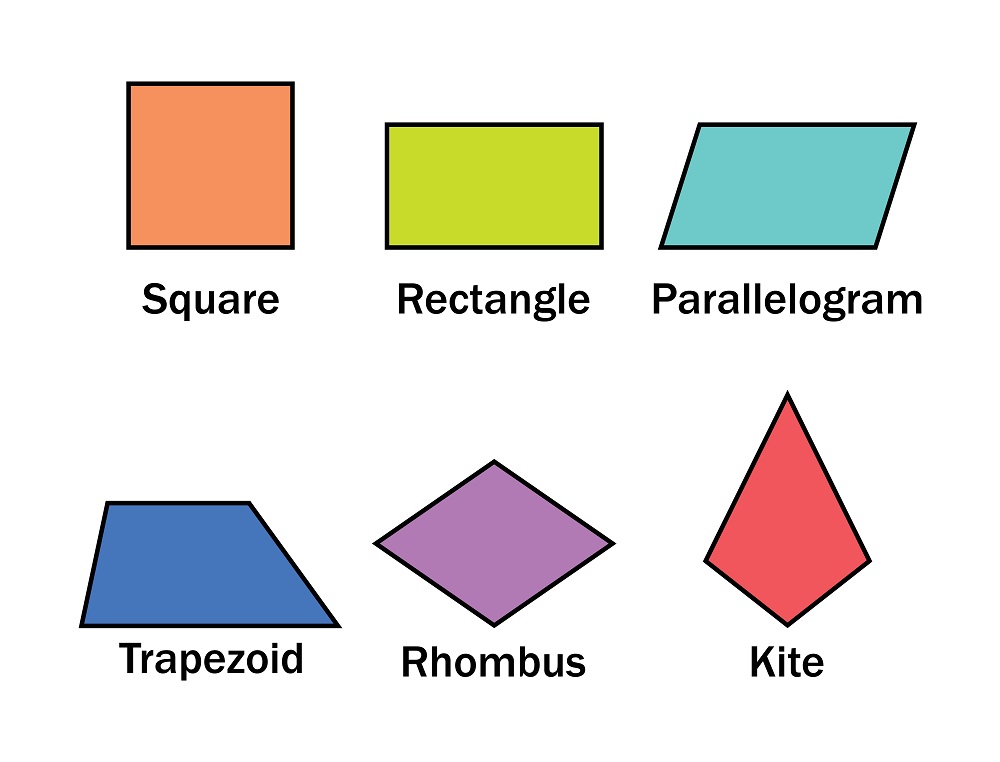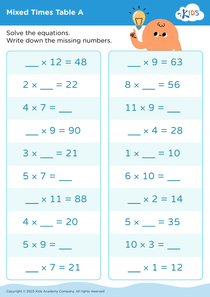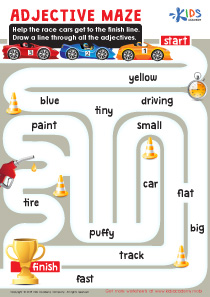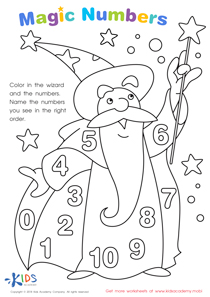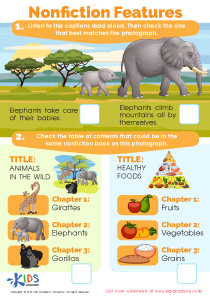Extra Challenge Tracing Shapes Worksheets Activities With Answers for Ages 5-7
4 filtered results
-
From - To
Discover our "Extra Challenge Tracing Shapes Worksheets" designed specifically for children aged 5-7! These engaging activities help young learners enhance their fine motor skills while exploring various shapes. Each worksheet features fun traceable patterns, ensuring your child can practice hand coordination and shape recognition. With answer keys provided, parents and educators can easily track progress and encourage kids to improve. Perfect for home or classroom use, these worksheets offer a delightful way for early learners to develop their tracing abilities while fostering creativity. Download now and watch your child's confidence and skills grow as they trace, learn, and play!


2D and 3D Shapes Worksheet
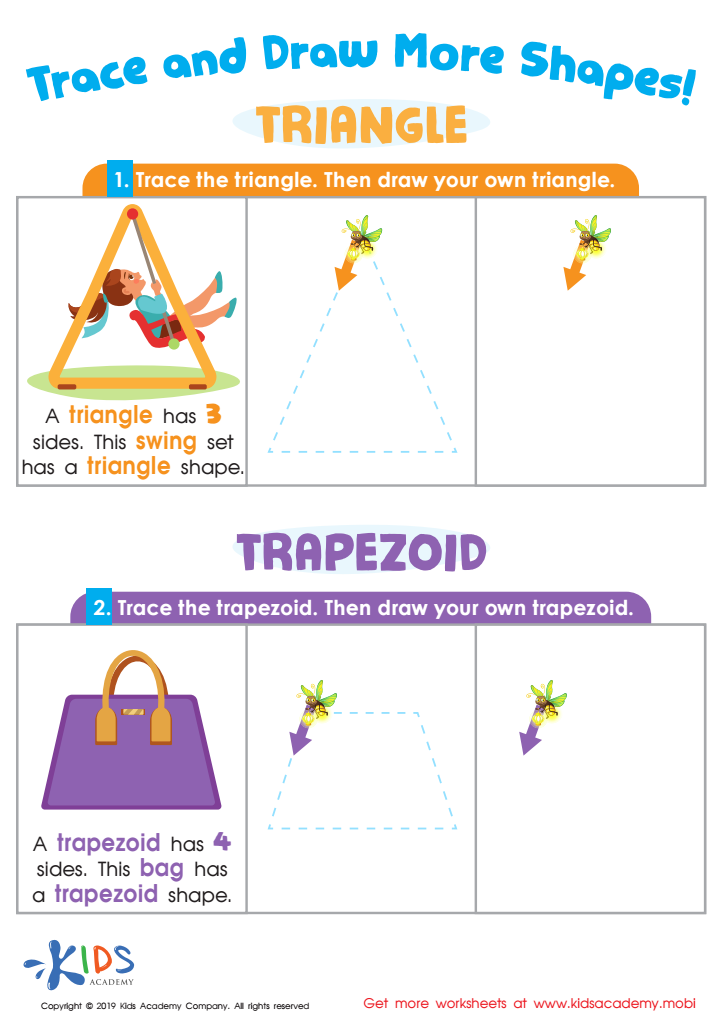

Trace and Draw More Shapes Worksheet
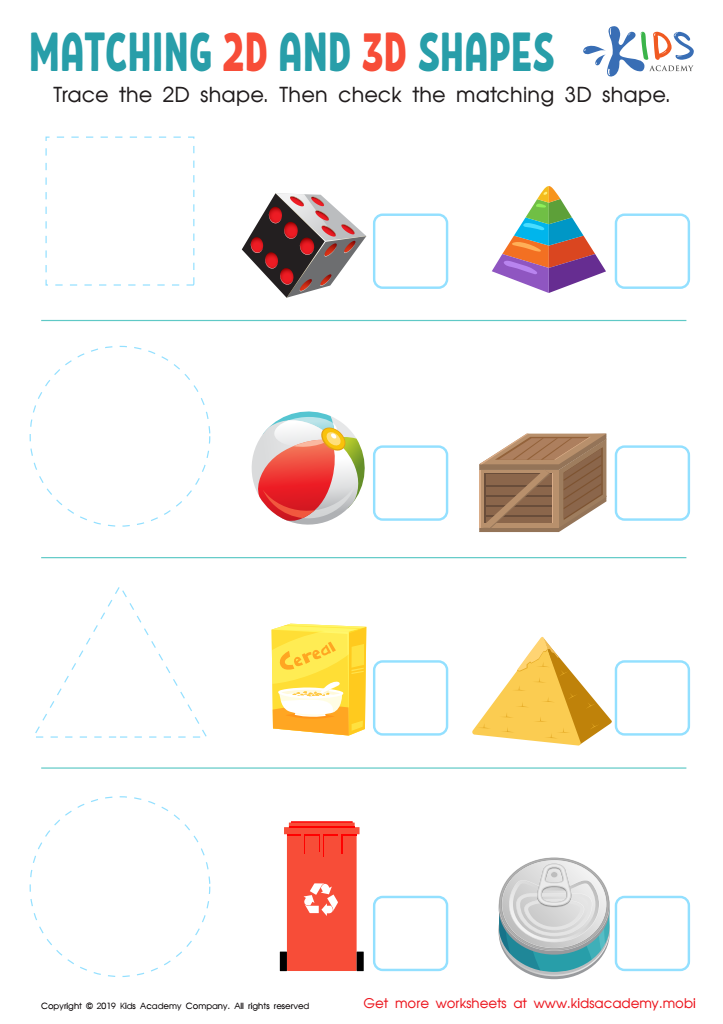

Matching 2D and 3D Shapes Worksheet
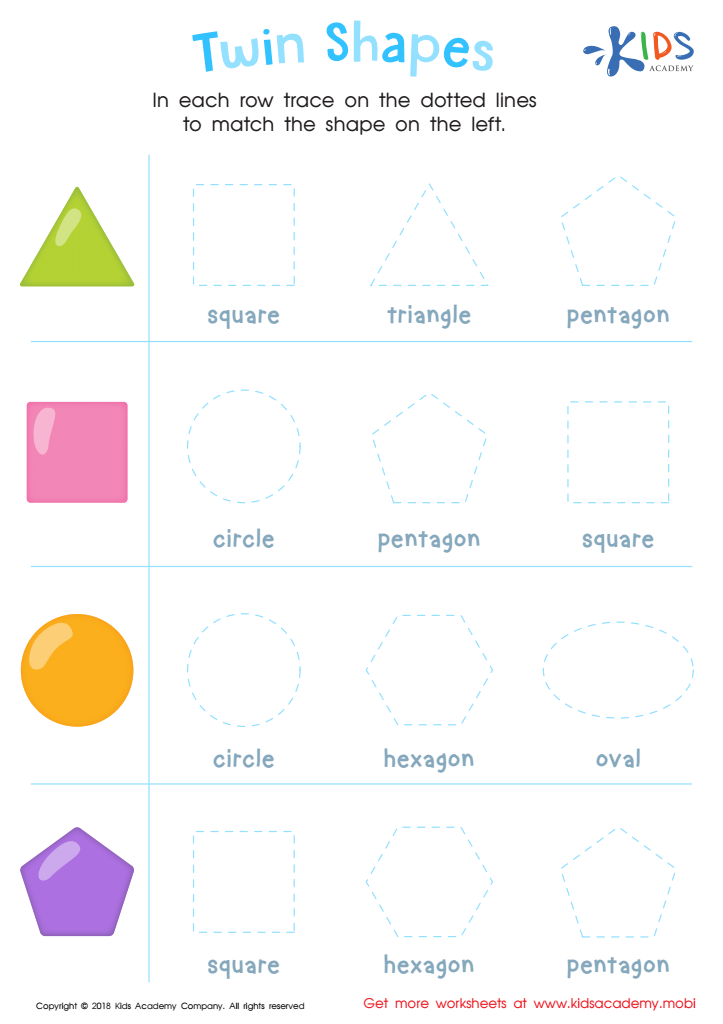

Twin Shapes Dot-to-Dot Worksheet
Parents and teachers should care about Extra Challenge Tracing Shapes Activities for ages 5-7 because these activities play a crucial role in early childhood development. Tracing shapes helps children enhance their fine motor skills, which are essential for tasks like writing, drawing, and everyday functions. Engaging in these activities improves hand-eye coordination and promotes greater control over writing instruments.
Additionally, shape tracing fosters cognitive development by introducing children to geometric concepts. As they identify, trace, and replicate shapes, they develop spatial awareness and critical thinking skills. This foundational knowledge in geometry can serve as a springboard for more complex mathematical concepts in the future.
Moreover, providing challenging tasks helps build resilience and problem-solving abilities. Children learn how to approach difficulties, fostering a growth mindset that values perseverance and flexibility. This is essential for their overall academic and social development.
Lastly, the inclusion of activities with answers supports self-directed learning, allowing children to feel a sense of accomplishment even when working independently. Parents and teachers who prioritize these activities contribute significantly to their children's educational journey, ensuring they are well-prepared for future learning challenges.
 Assign to My Students
Assign to My Students




